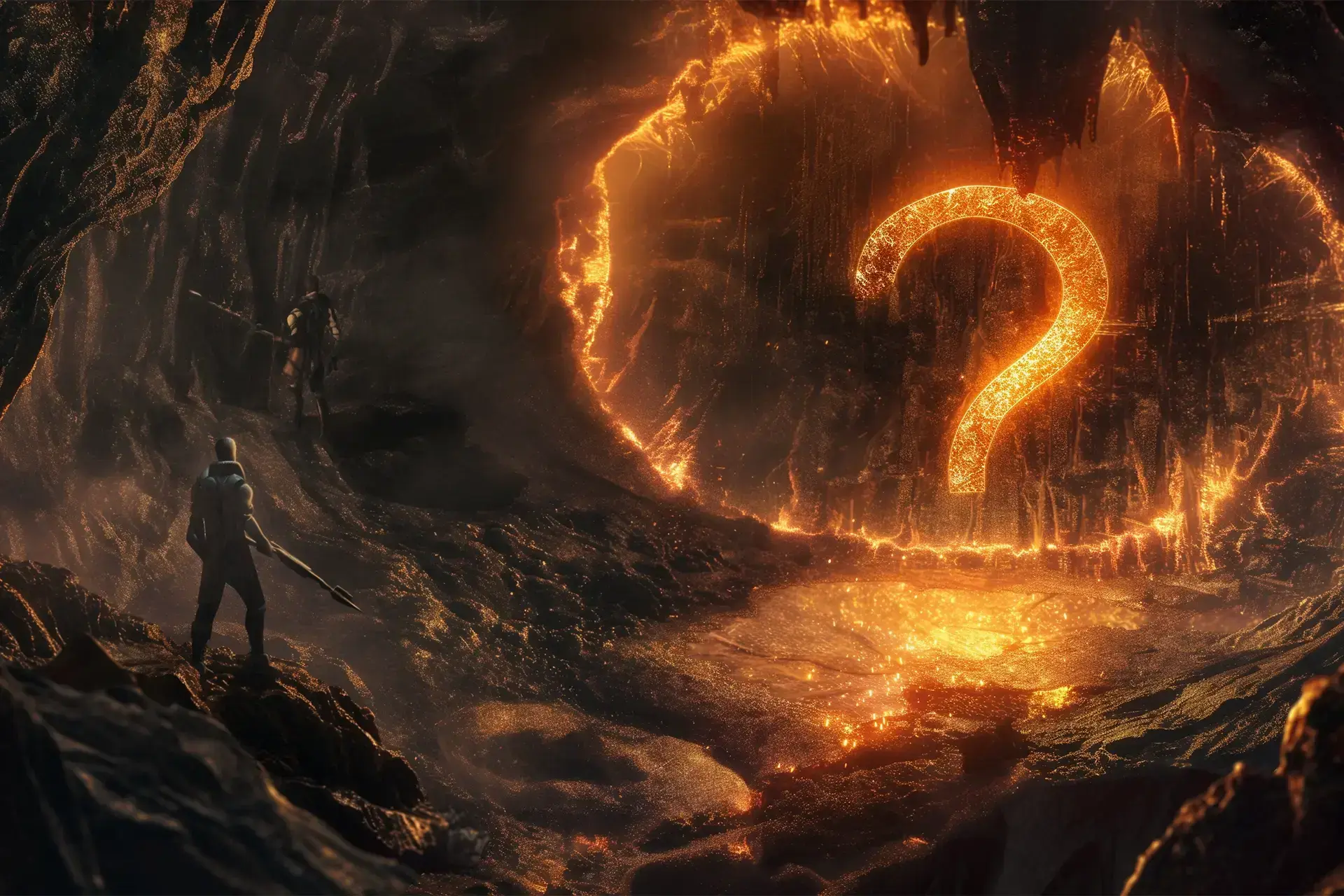DSGNJAVA
In the Times of Hyper-innovation
Designing a Perfect Startup - Part 1
April 17, 2025
Introduction
Technology has inspired market disruptions while creating new niches at a rate like never before. In the period prior to 2000, companies allocated and spent billions on product innovations. The process was time-consuming— usually between 18-36 months — from idea to market. These were intense product designs or innovations, but the journey was the same— the success of these products depended upon the market use.
The founder had the opportunity to witness the birth of the internet in India. At that time, he was working at Indesign Consultants, a product design firm in Mumbai. He worked on designing products ranging from telephones and containers to suitcases, briefcases, and ceramics. He worked with AutoCAD in 2D and then created 1:1 models in thermocol. We thought in 3D, drew in 2D, and then made a 3D model. The process encompassed intense client meetings and the final prototyping with model/part drawings were made in 4-9 months. The advent of 3D modelling shrunk the entire iterative design phase to almost 30 days less and the product design cycle shrunk by about 60-90 days. With the simulation software, one could even test the various properties of the part and the assemblies within a few hours or days. This led to considering the life of a product as a thoughtfully built-in feature.
The increasing penetration and advancement of internet technologies present a level playing ground for disruptive innovations— especially in the service industries. E.g. Uber, AirBnb, Holachef etc. Out of these, Holachef no longer exists. Although it was a great innovation in the food ordering and delivery business, it had a successful run for only a limited period. The success of these innovative businesses is a clear indication that disruptors are more aligned towards the needs of users/consumers. The experience of the services is an inherent part of the innovation itself. Advancement in the internet has democratised entrepreneurship and anyone irrespective of the background has the potential to own and drive innovation.

The ones who identify a need are able to reach out to their customers more efficiently with bootstrapping their startups. Although the dynamics and prerequisites of setting up a business right from planning to execution remain the same.
Lines between various design fields have blurred and has rendered less importance to brand design. Startups can hardly afford the design fees and as long as they are able to launch and run their venture, they usually don’t mind working on free platforms. If the idea is good, the business grows and there isn’t a dire need for an external design consultant. Of course, here we assume that the business grew because everything was in sync – the product, the service, the communication etc.
Over the last decade and some more, we have interacted with and mentored a few startups in India as well as abroad. We realised that there is a need to create a reference that guides these young entrepreneurs through their journey.
Our preliminary design thinking process helped these entrepreneurs face the realities of a technology startup. This has prompted us to employ specialised idea cards that help startups achieve clarity right at the inception. This DSGNJAVA discusses the role of design in the success of a startup. It attempts to thoughtfully alert the entrepreneurs and is not an advice.
The Unseen Blueprint: What Startups Truly Need to Succeed
Working on an idea from scratch is always exhilarating. One experiences mixed feelings of excitement, nervousness, anxiety, happiness. And while following the dream of building a unicorn, the nervousness or anxiety leads one to look at other start-up stories, precedents. Of course, one wants to get it right to succeed. So people search the internet for stories - mostly success stories and some failed stories too. And, of course, it's natural to follow the successful ones assuming that emulating them will lead to similar success. So, one looks at features, visuals, whatever is available for one to see on the internet. But what is missed out in the process is the will and grit of the founders. These elements can be seen only if one reads a biography of the founder. These are not easily found on the internet. What anguish or despair did the founders go through during their journey? Did they have any statistics to follow? Or did they even follow any statistics or any other precedents when they started? Or did they start with the pure need that they saw and believed in it and created something out of that belief?

Over a few years of reading about not only the recent decade of start-up culture, but also a few biographies of people who created industries in the 1900s and 2000s to impact the way humans live, interact, move, connect, talk etc. I have observed that these people showed certain characteristics:
1. They believed in their idea more than anything around them. This is what has been reported as
having a clear vision.
2. They did whatever it took to follow through with that idea and created it. This showed their
single-minded focus.
3. This also means that they operated from a place that they had nothing to lose. They wanted to
succeed, but were not gripped by the fear of failure.
4. Their commitment was not limited to only resources like funds, people, tools. They personally
sacrificed a lot to reach the pinnacle of success. They have been driven differently.
5. Founders evolved with time. They managed to stick with the core belief all throughout
although the business model evolved for success. The openness to evolve with time without
diluting the core belief is the single most connecting thread across all founders.
6. They realise that money is a tool. It’s not the end of the journey. It’s a tool to create an impact
that they see in their vision.
7. Entrepreneurship is a personal journey and it can take you to blue skies and green fields but while reaching there one also goes through dark clouds of despair, failure, rejection - everything.

As a design consultant, we have closely observed various start-ups. Either by way of direct interaction with the founders or by way of remotely monitoring, I have seen a general trend of emulation. And have observed a lukewarm success or at times hitting a roadblock or just death before launch. The founders missed the above characteristics completely. This was a phase when a lot of venture capital investments were lost which led to the drying up of the investments.
Having mentored as well as worked with few start-ups in India and in Silicon Valley over the last 18 years, we have consciously endeavoured, through organised design thinking sessions, to guide the founders more to introspect themselves about their personal journey that they are about to embark on. I do this while working with them on achieving clarity of thought about why they want to do this. The ‘WHY’ is the single most important question that needs to be answered and if willing, refined towards a more inspiring vision. The exercise is of course focused on the idea being successful.

Airbnb: Startup Growth Case Study
A relevant case study to enumerate the above is the story of Airbnb. Starting from a few thousand dollars of credit card debts to a recent valuation of USD 75 billion dollars, the founders have made an inspiring story. All articles available online speak of the success, the pivot, the turning points amongst other things. But if you read some of the criticisms during the start and pause on those to think you may find some insights into what they were up against. They literally started by renting out their own apartment for an air bed and breakfast in San Francisco when all the hotel rooms were booked during a local event. For over 2 years they did not see any great revenue. There was a phase when they even sold cereals to keep their business afloat. No one around them believed in their idea. People thought they were crazy. People said to them, “I hope you have another idea.” Or, I hope this isn’t the only thing you’re working on.” Or, “People actually do this? What’s wrong with them?” Investors wouldn’t even meet with them, or if they did, they just said, “You guys are crazy. There’s going to be a murder in one of these houses. There’s going to be blood on your hands. I am not touching this with a 10 feet pole.” They almost had to shut down because people thought it was that crazy.
Every business idea comes with pros and cons - some ideas seem to have more cons when one considers culture, habits, current trends, people behaviour etc. And there could be a span of time when everything seems to be against you and one sees more possibilities of failures than success – especially from all people around. When fear takes hold, every sign seems to point toward a shutdown. As a result, many great ideas give up at various stages—even before they launch.
References
1
Forbes




